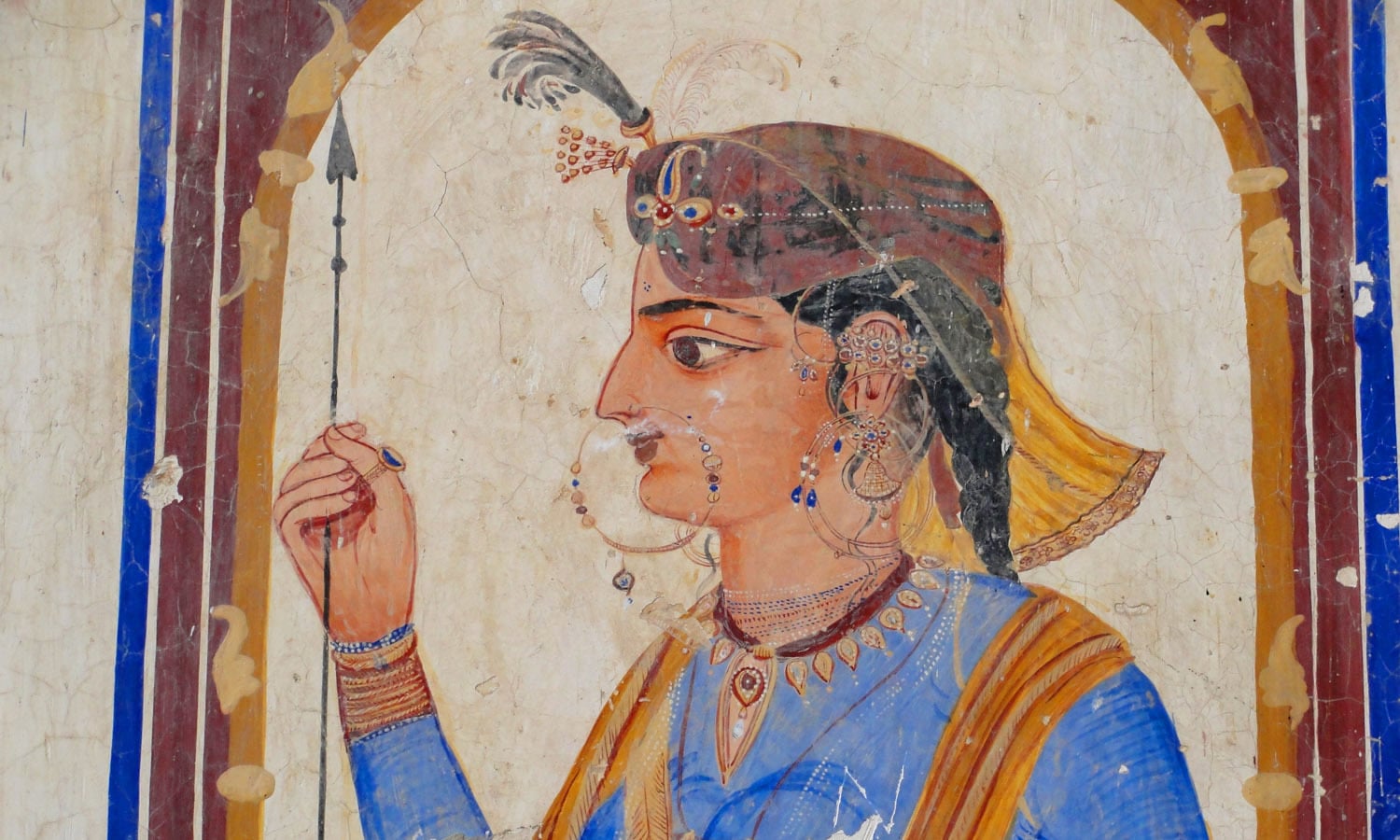Kambojaric
MODERATOR

- Joined
- Apr 6, 2010
- Messages
- 5,474
- Reaction score
- 16
- Country
- Location
DoAM carries out excavation work of Rawat Fort

Department of Archeology and Museums (DoAM) is successfully carrying out the excavation work of the majestic historical Rawat Fort, which was in dilapidated condition for the last many years. Rawat Fort is originally an ancient Sarai (Inn) situated about 11 miles from Rawalpindi towards Jehlum close to the Grand Trunk road and appears to have been built during the Sultanate period in early 15th century A.D.
“The department is carrying out the excavation work of Rawat Fort mainly to preserve the fort with damaged boundary walls, 19 ram-shackled rooms, three-domed altered mosque, graves and a deserted mausoleum”, Director Archaeology, DoAM, Abdul Azeem told APP.
The excavation work was started by team of DoAM after approval of PC-I for “Repair, maintenance and development of Rawat Fort” with the cost of Rs. 28 million. The excavation team has explored the remains which will be restored after excavation”, the official said. The biggest problem was of the encroachments from three sides of the fort, which is sheer violation of the Capital Development Authority (CDA) law that prohibits construction within 200 feet of the historical monuments premises.
The issue has not been resolved yet despite writing to the authorities in CDA for several times to remove encroachments at the fort site. However, the conservation of the fort will at least help protect this ancient site from further ruining as well as stop the drug addicts and beggar residing there through repair of boundary walls, Abdul Azeem said.
Rawat Fort had 45 rooms, out of which 19 ram-shackled rooms exist and others have fallen prey to intentional vandalism of private constructors who have merged the major parts of the rooms into their houses. These rooms once used by travelers of ancient era for staying. According to the description board outside the fort with half omitted words, the fort is associated with the name of Masud, son of famous Mehmood of Ghaznavi in 1039 A.D where he was arrested by his rebellious soldiers and eventually murdered in the fort of Giri near Taxila.
The fort is also associated with the name of Ghakhar tribe chief Sarang Khan who fell with his sixteen sons fighting against Sher Shah Suri and buried within the precinct of this monument, it says. DoAM, Islamabad protected this site under Antiquities Act 1975 but after devolution under 18th amendment of the constitution, Punjab government acquired it. The DoAM again acquired the site and started initial working on a plan for its maintenance and preservation. DoAM purchased the road linking the historical site with Grand Trunk Road but shopkeepers and roadside hawkers encroached that.
https://pakobserver.net/doam-carries-out-excavation-work-of-rawat-fort-2/

Department of Archeology and Museums (DoAM) is successfully carrying out the excavation work of the majestic historical Rawat Fort, which was in dilapidated condition for the last many years. Rawat Fort is originally an ancient Sarai (Inn) situated about 11 miles from Rawalpindi towards Jehlum close to the Grand Trunk road and appears to have been built during the Sultanate period in early 15th century A.D.
“The department is carrying out the excavation work of Rawat Fort mainly to preserve the fort with damaged boundary walls, 19 ram-shackled rooms, three-domed altered mosque, graves and a deserted mausoleum”, Director Archaeology, DoAM, Abdul Azeem told APP.
The excavation work was started by team of DoAM after approval of PC-I for “Repair, maintenance and development of Rawat Fort” with the cost of Rs. 28 million. The excavation team has explored the remains which will be restored after excavation”, the official said. The biggest problem was of the encroachments from three sides of the fort, which is sheer violation of the Capital Development Authority (CDA) law that prohibits construction within 200 feet of the historical monuments premises.
The issue has not been resolved yet despite writing to the authorities in CDA for several times to remove encroachments at the fort site. However, the conservation of the fort will at least help protect this ancient site from further ruining as well as stop the drug addicts and beggar residing there through repair of boundary walls, Abdul Azeem said.
Rawat Fort had 45 rooms, out of which 19 ram-shackled rooms exist and others have fallen prey to intentional vandalism of private constructors who have merged the major parts of the rooms into their houses. These rooms once used by travelers of ancient era for staying. According to the description board outside the fort with half omitted words, the fort is associated with the name of Masud, son of famous Mehmood of Ghaznavi in 1039 A.D where he was arrested by his rebellious soldiers and eventually murdered in the fort of Giri near Taxila.
The fort is also associated with the name of Ghakhar tribe chief Sarang Khan who fell with his sixteen sons fighting against Sher Shah Suri and buried within the precinct of this monument, it says. DoAM, Islamabad protected this site under Antiquities Act 1975 but after devolution under 18th amendment of the constitution, Punjab government acquired it. The DoAM again acquired the site and started initial working on a plan for its maintenance and preservation. DoAM purchased the road linking the historical site with Grand Trunk Road but shopkeepers and roadside hawkers encroached that.
https://pakobserver.net/doam-carries-out-excavation-work-of-rawat-fort-2/

















 epartment of Archeology and Museums (DoAM) has completed digitalization of around 3500 artifacts through its Digitalization Center to provide electronic database for scholars to conduct research, preserve this cultural heritage and prevent illicit trafficking of archaeological objects.
epartment of Archeology and Museums (DoAM) has completed digitalization of around 3500 artifacts through its Digitalization Center to provide electronic database for scholars to conduct research, preserve this cultural heritage and prevent illicit trafficking of archaeological objects.





